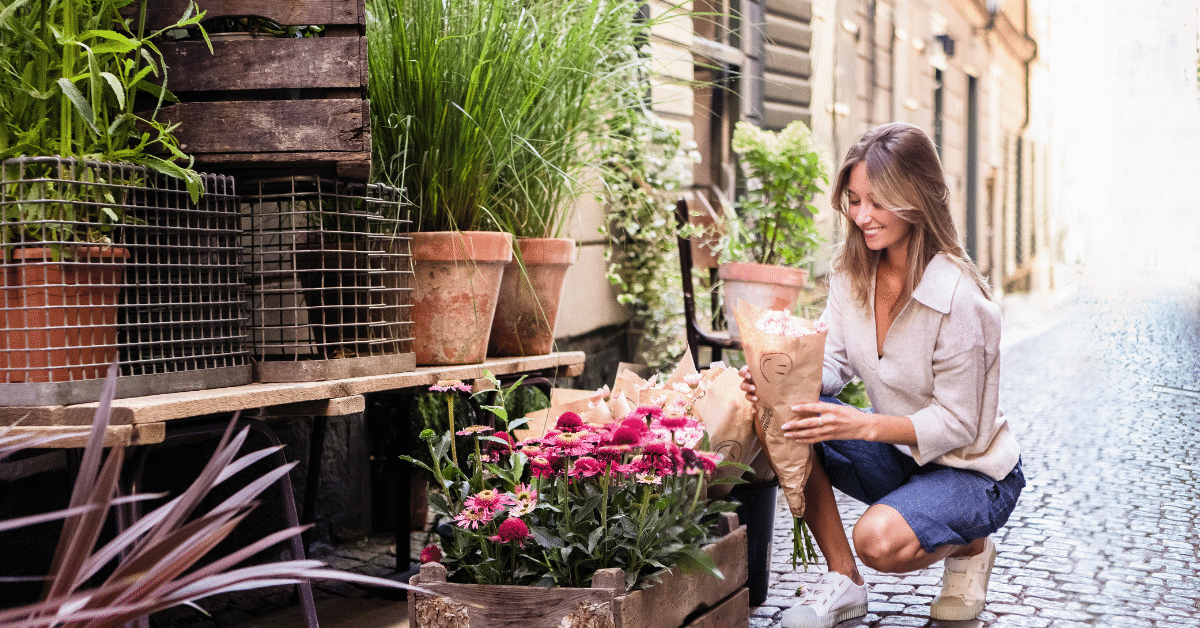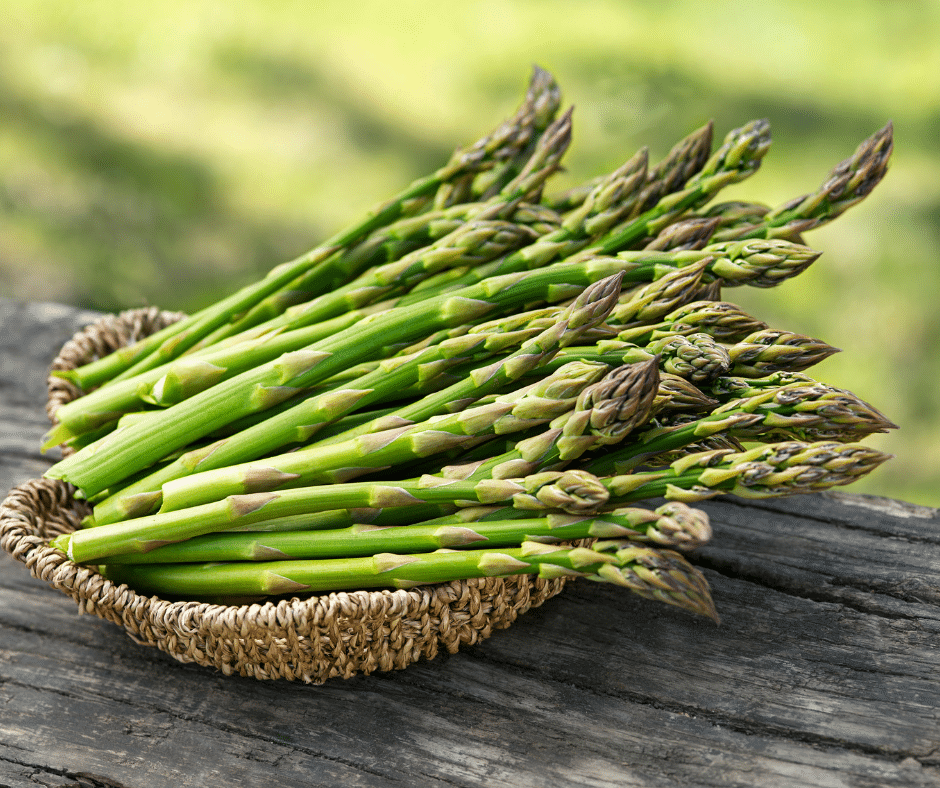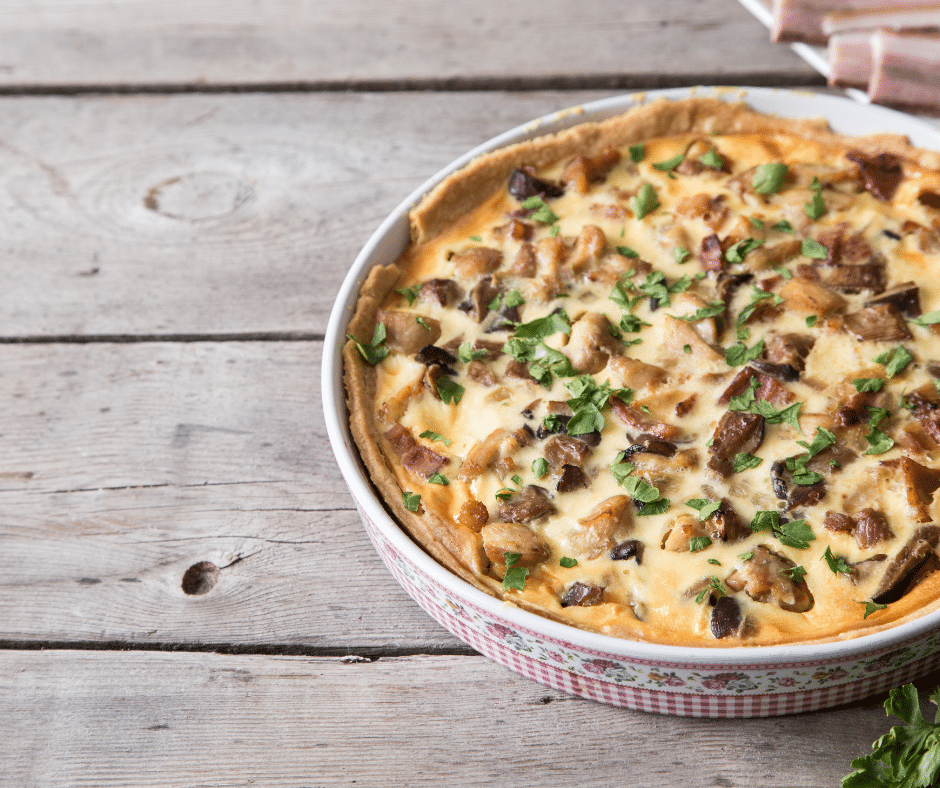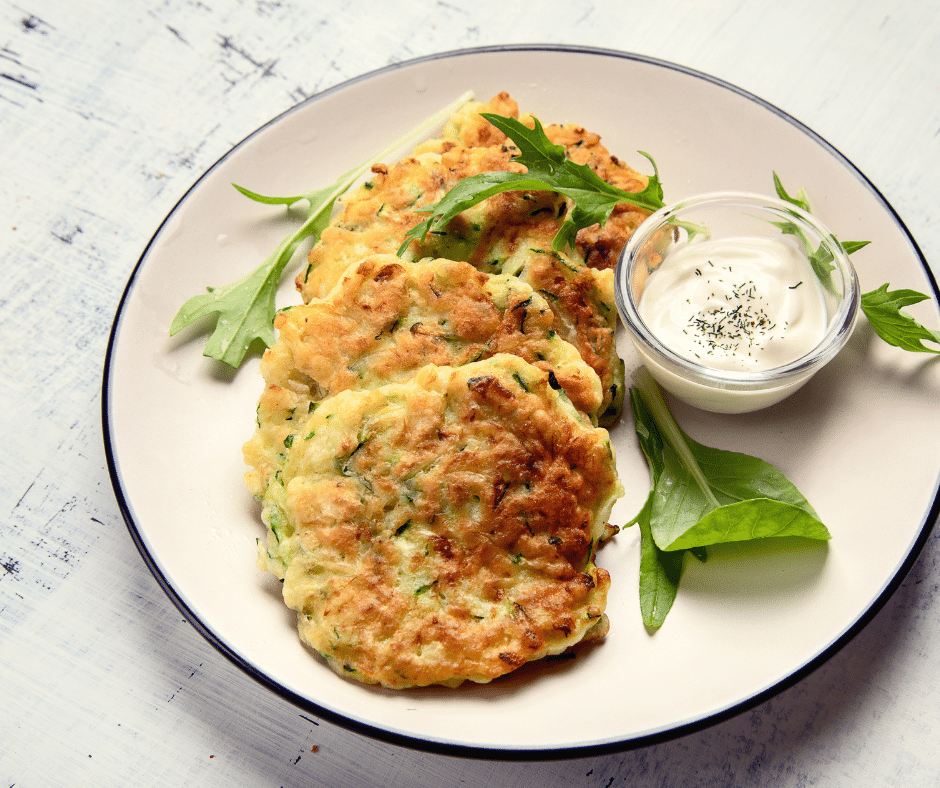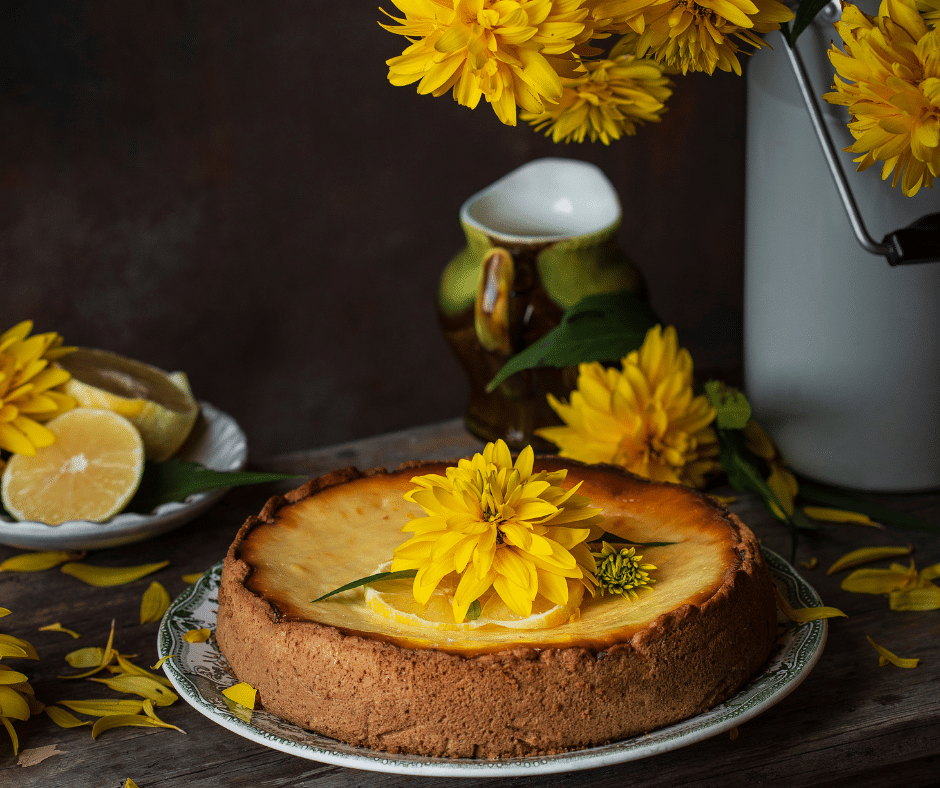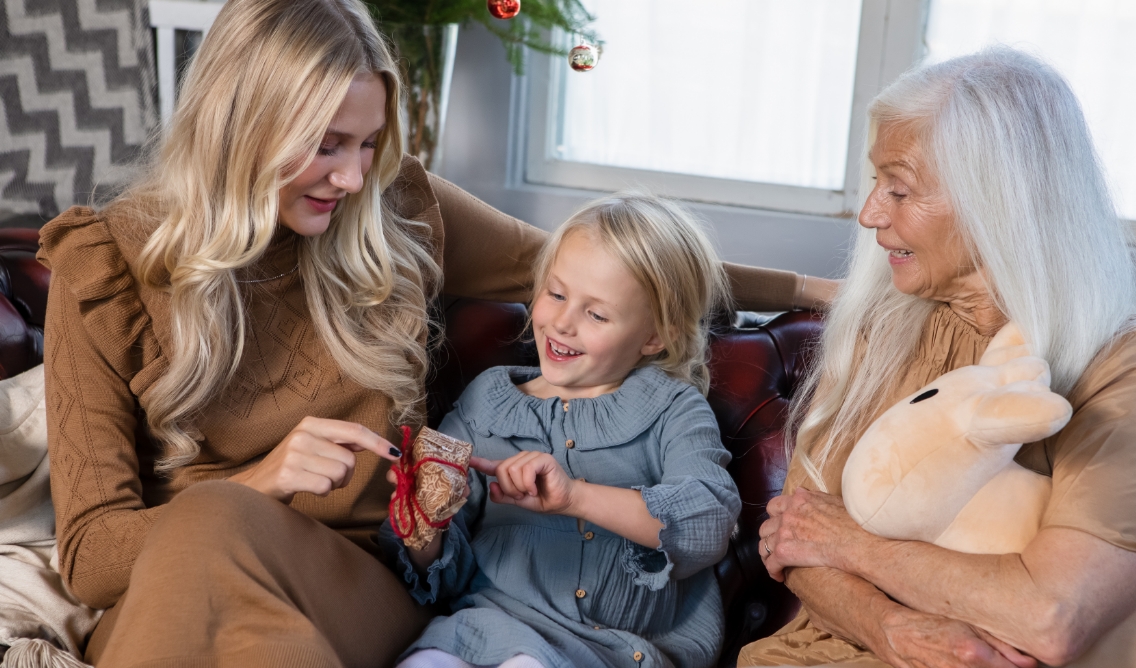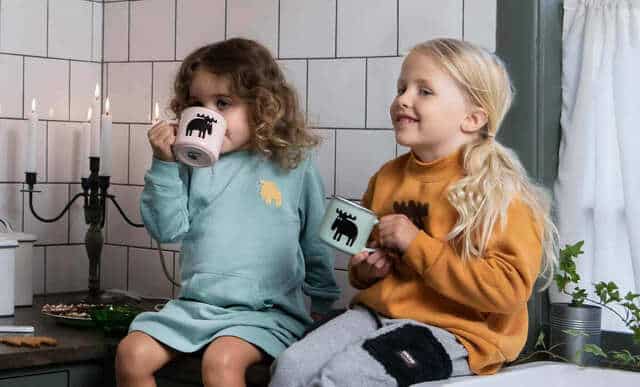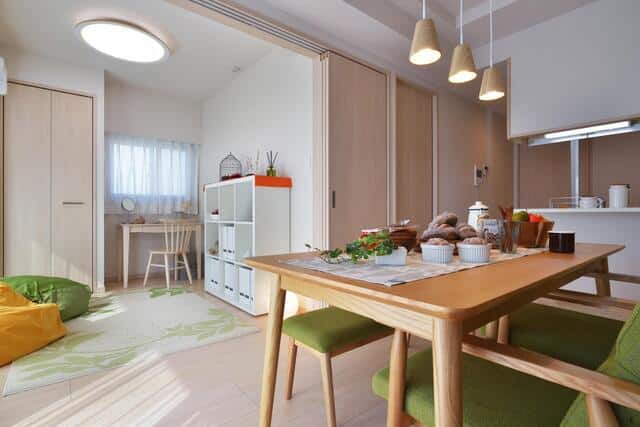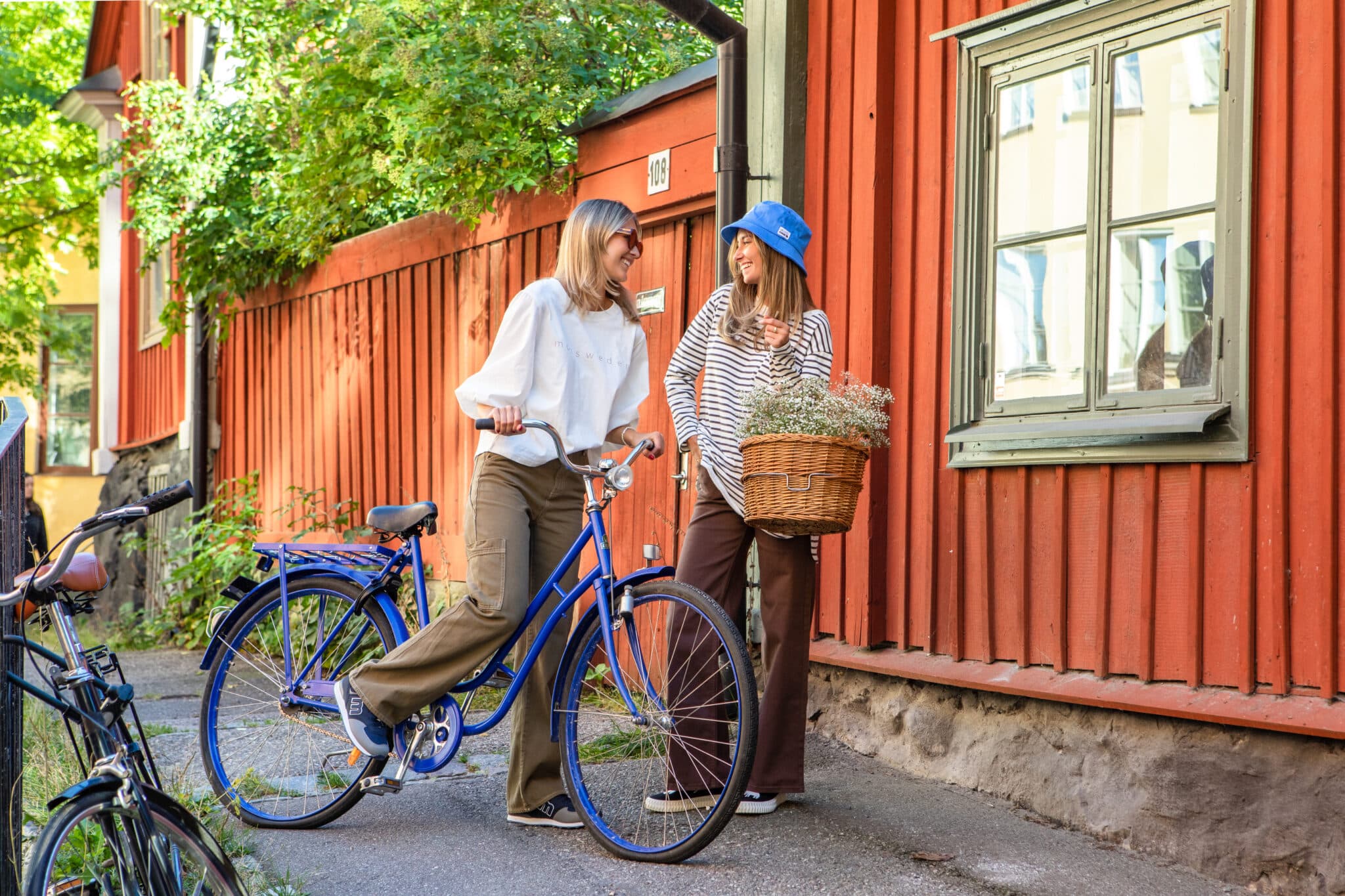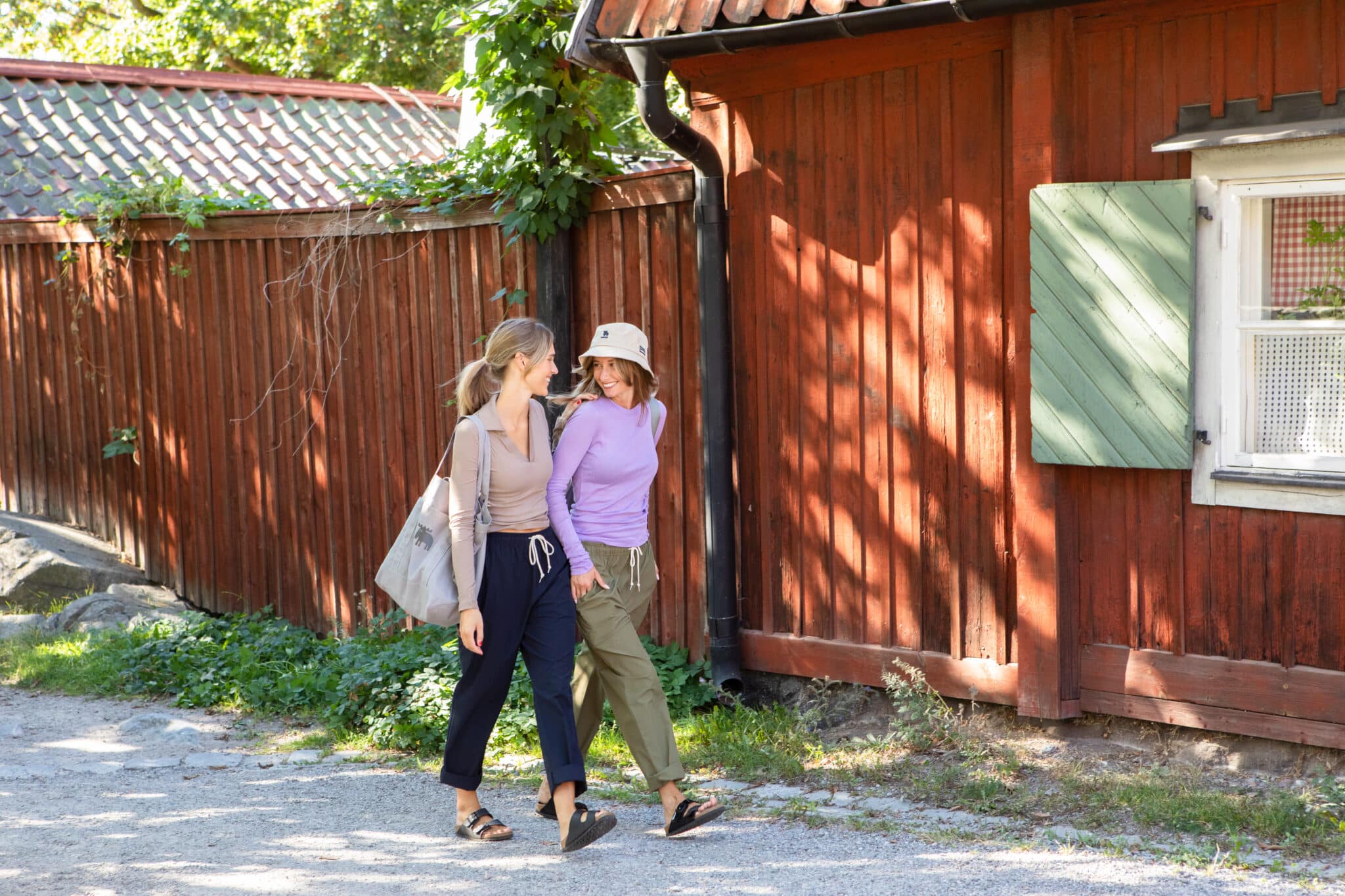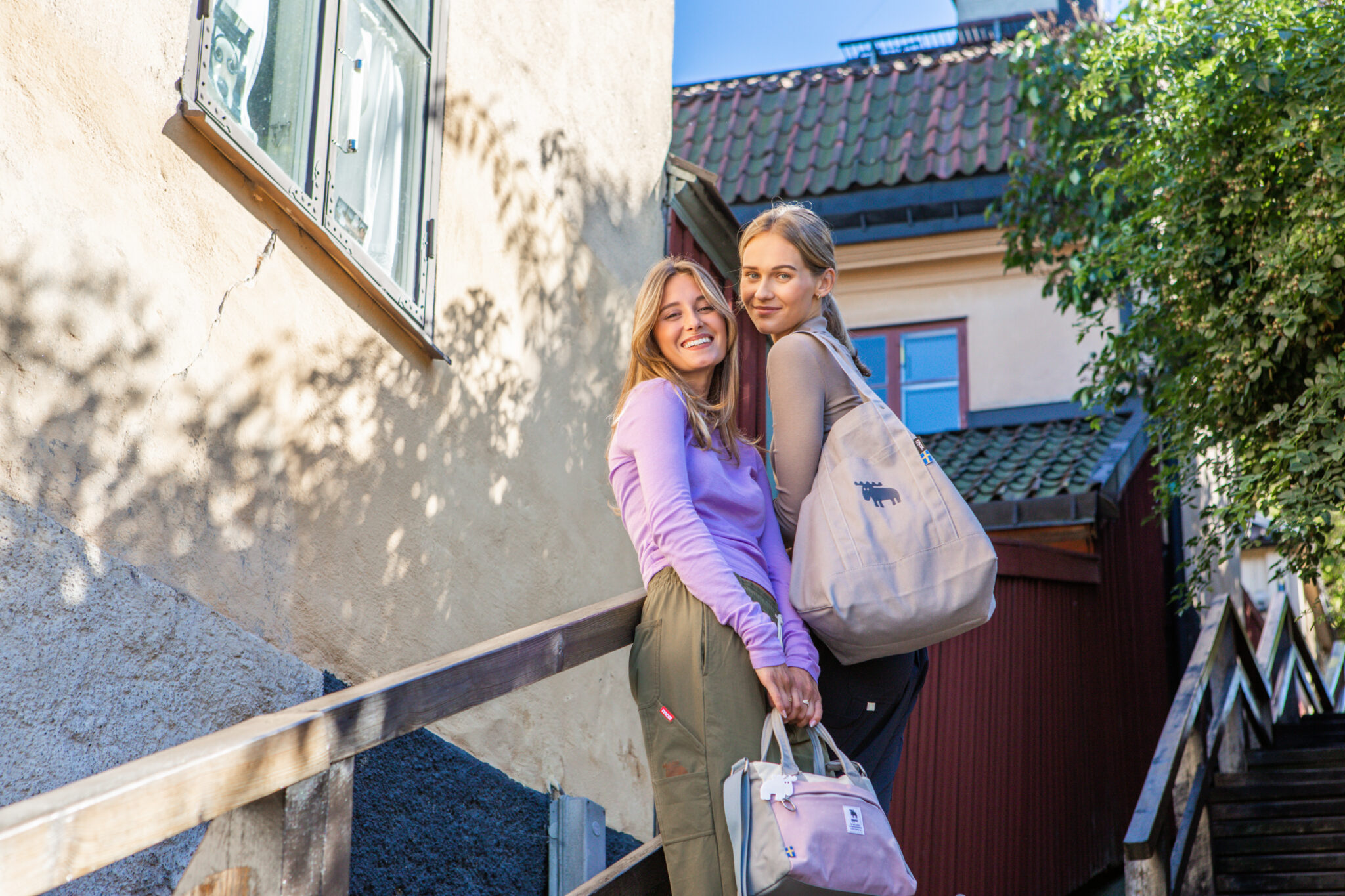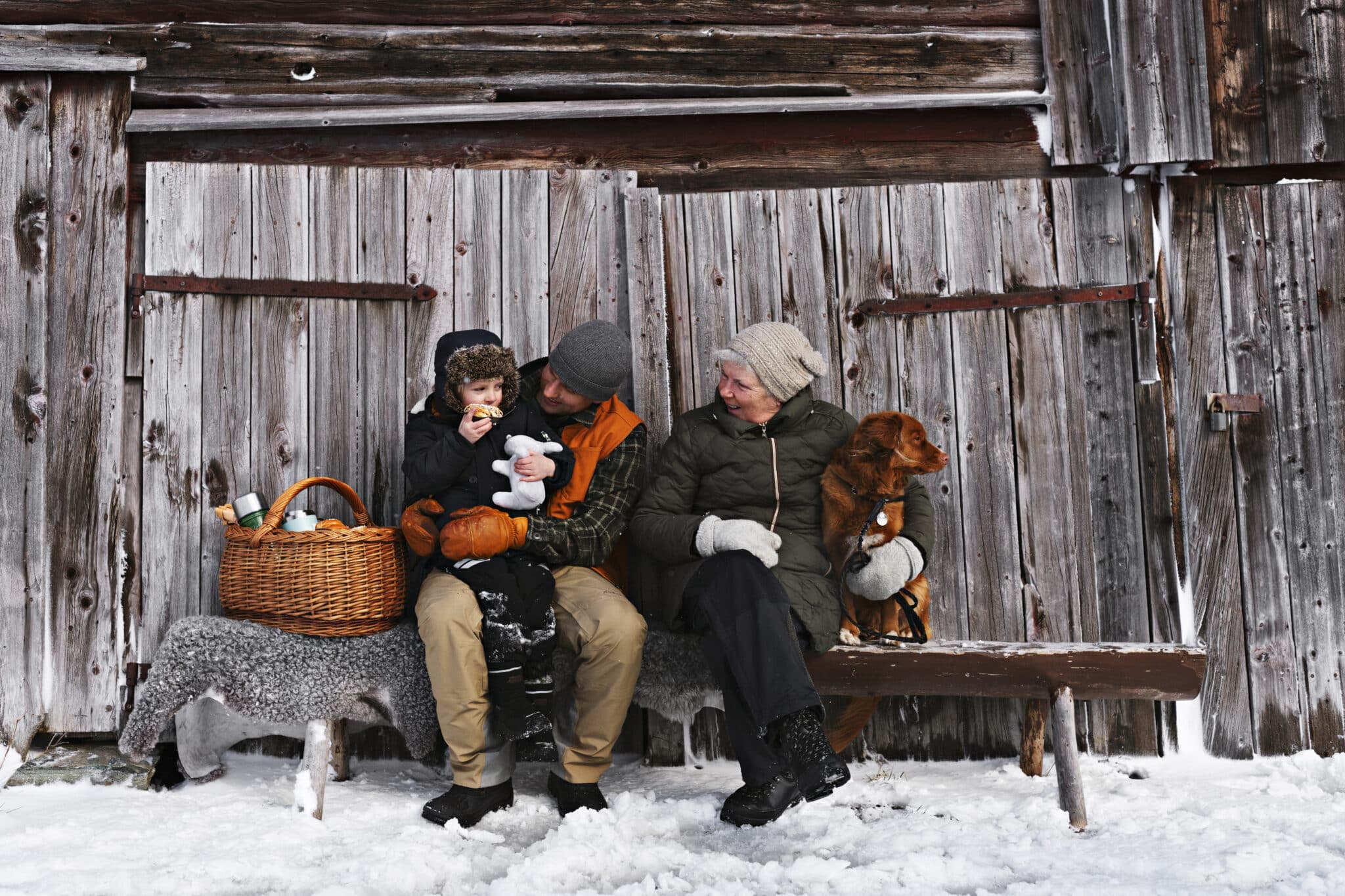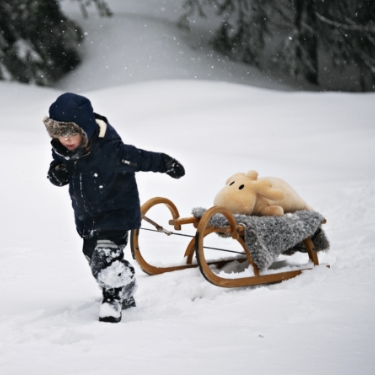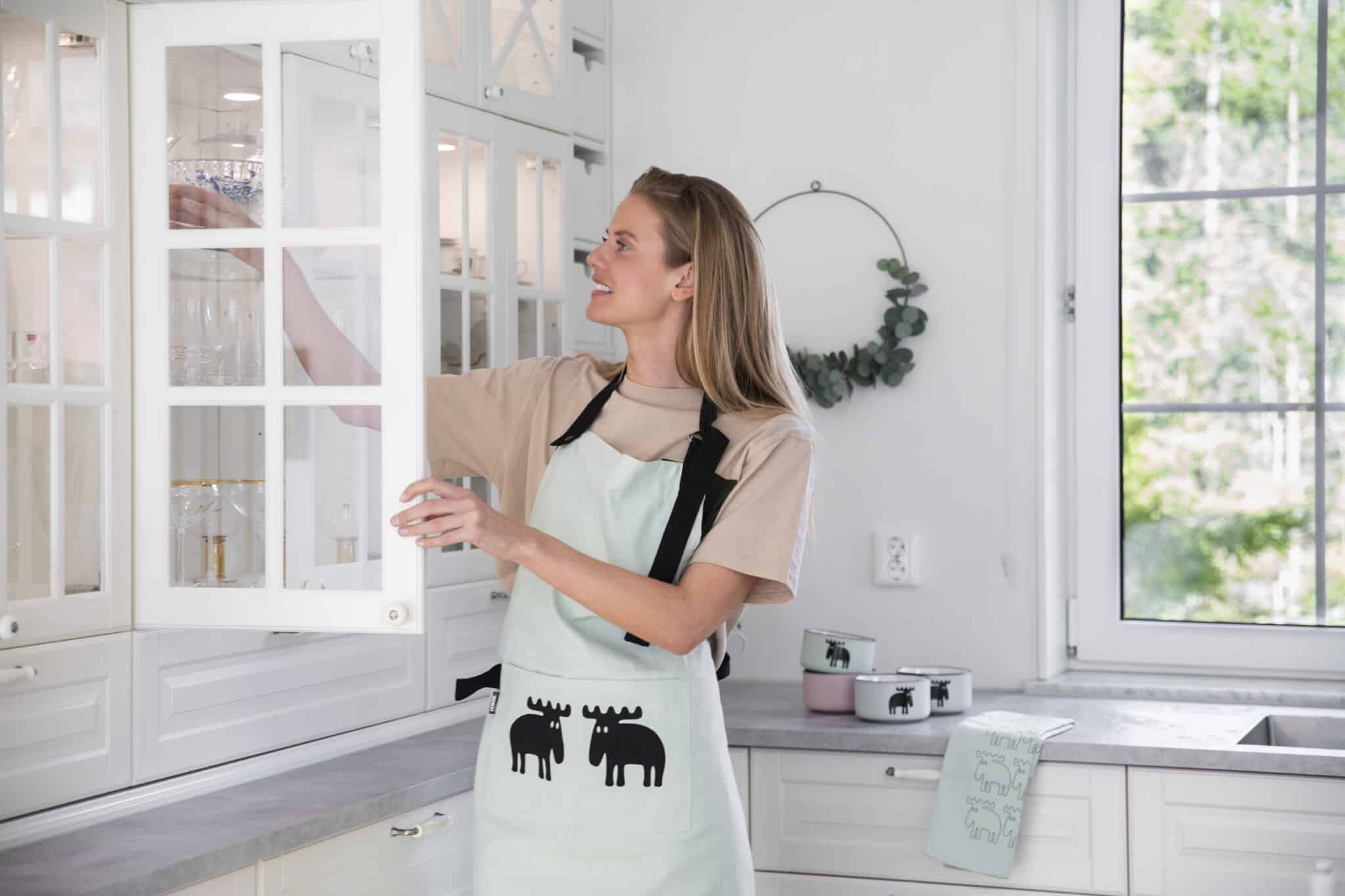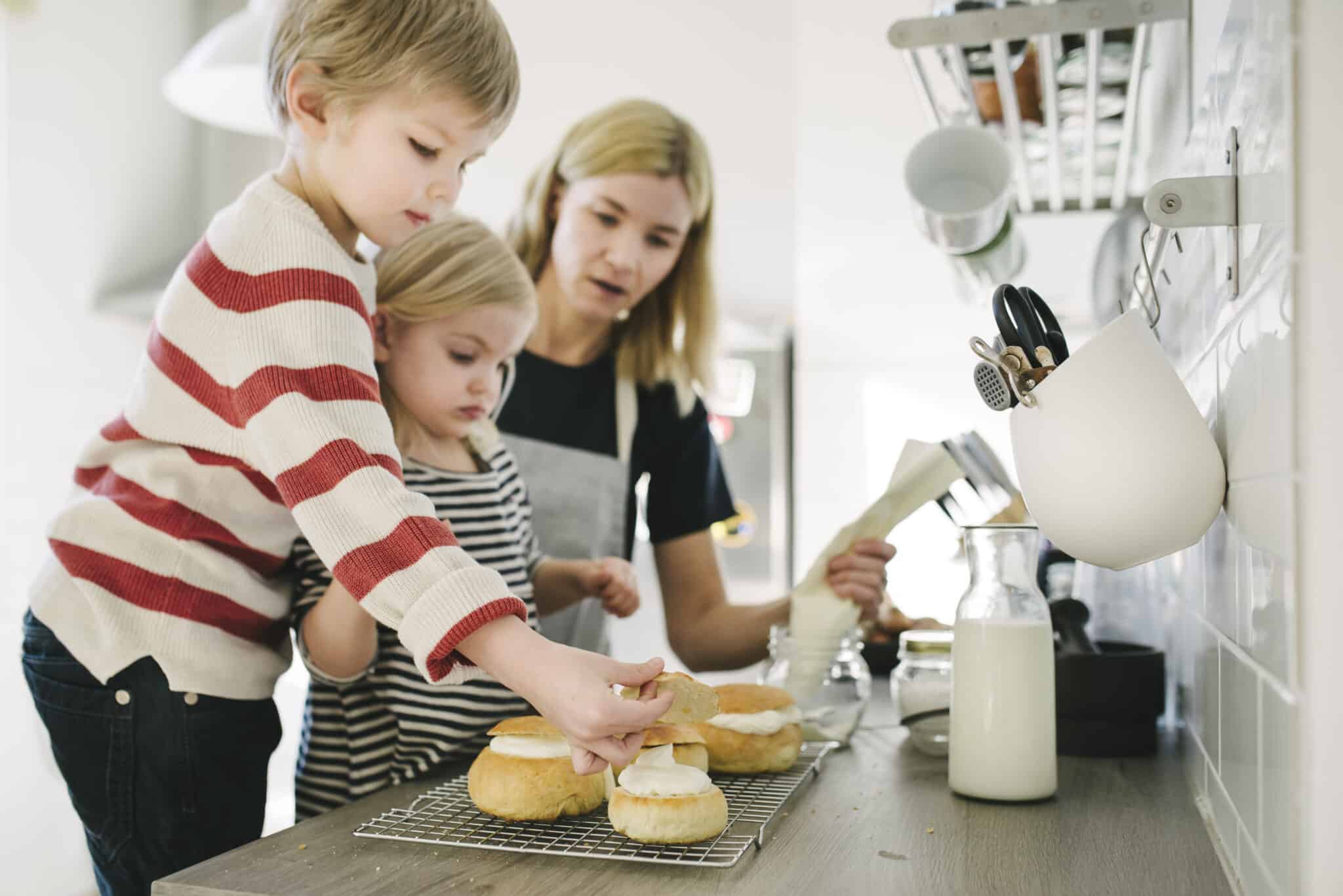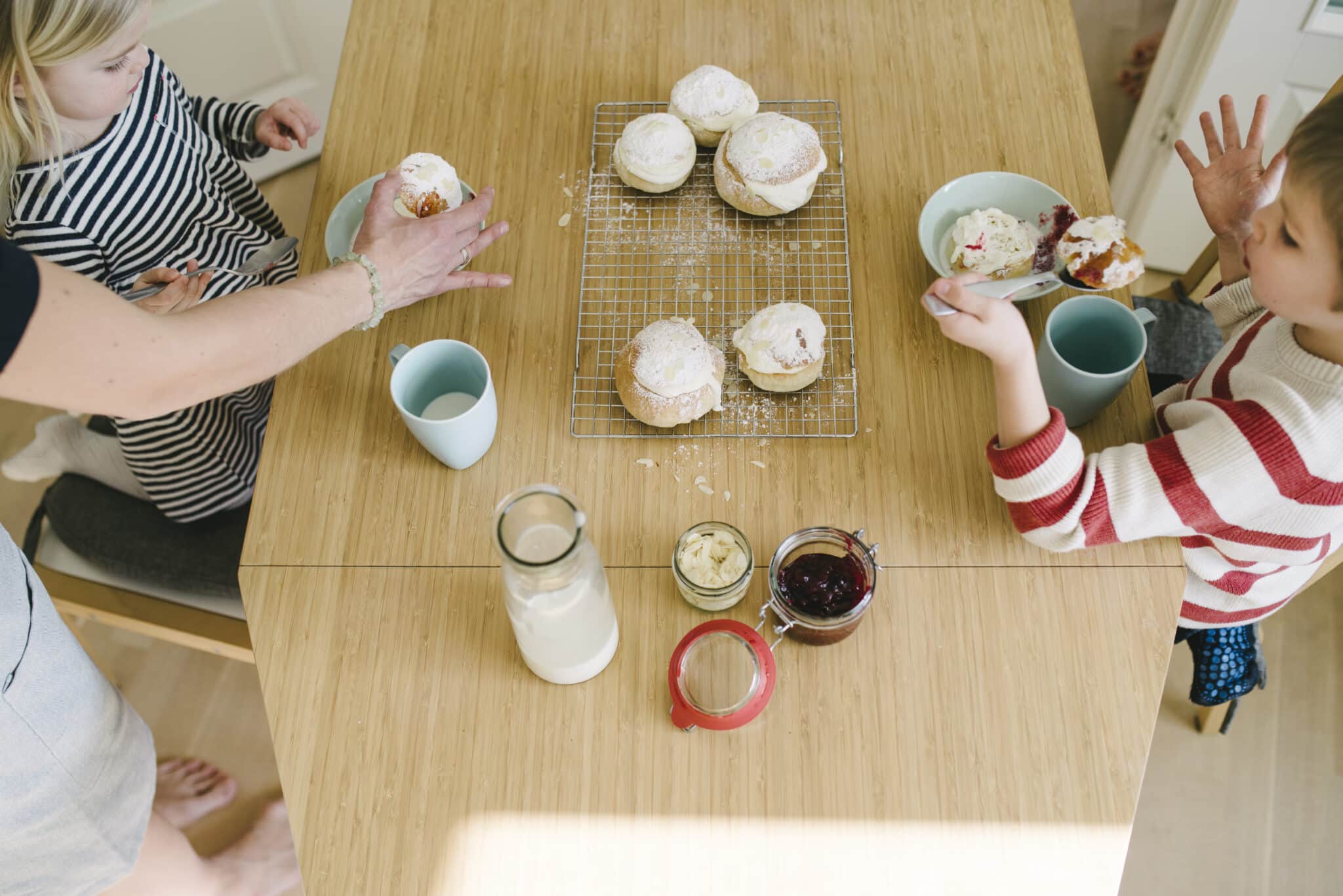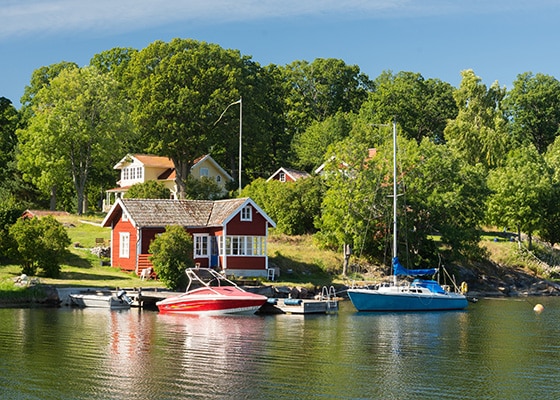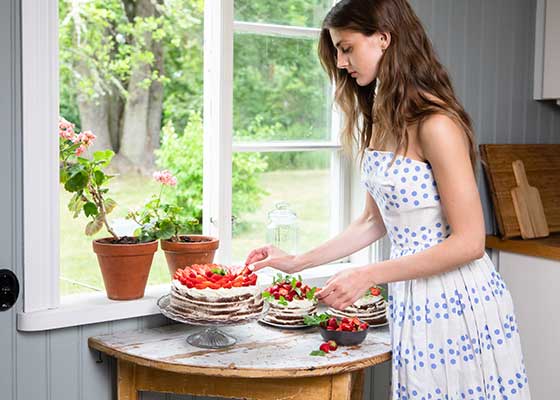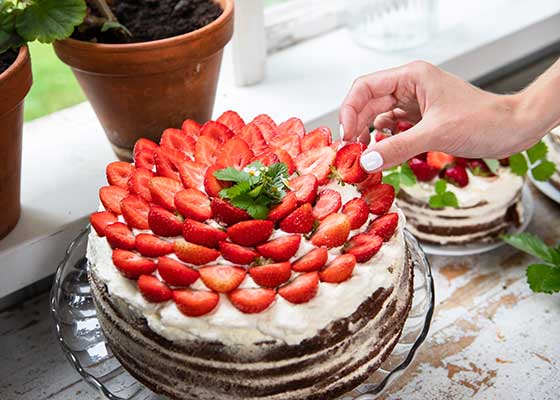Going to a party next weekend? Here are 5 unique gifts you don’t want to miss!
Going to a party next weekend? Here are 5 unique gifts you don’t want to miss!
Finding the perfect gift for a party can be tricky, but a thoughtful and unique present will always stand out. Whether it’s for a birthday, dinner party, or another celebration, these five gift ideas are sure to impress!
The coziest snuggle buddy
Looking for the ultimate gift to keep the little ones cozy? Moz has the best “snuggle buddy” with the Moz Mjukis. This plush, soft, and ultra-comfy cuddly toy is perfect for keeping kids warm and comforted during the cooler evenings. It’s like giving the gift of a warm hug, making it an ideal choice for a child’s party.
Photo frame
A thoughtful and personal gift. A high-quality photo frame with a picture of a memorable moment will always have a meaningful place in their home.
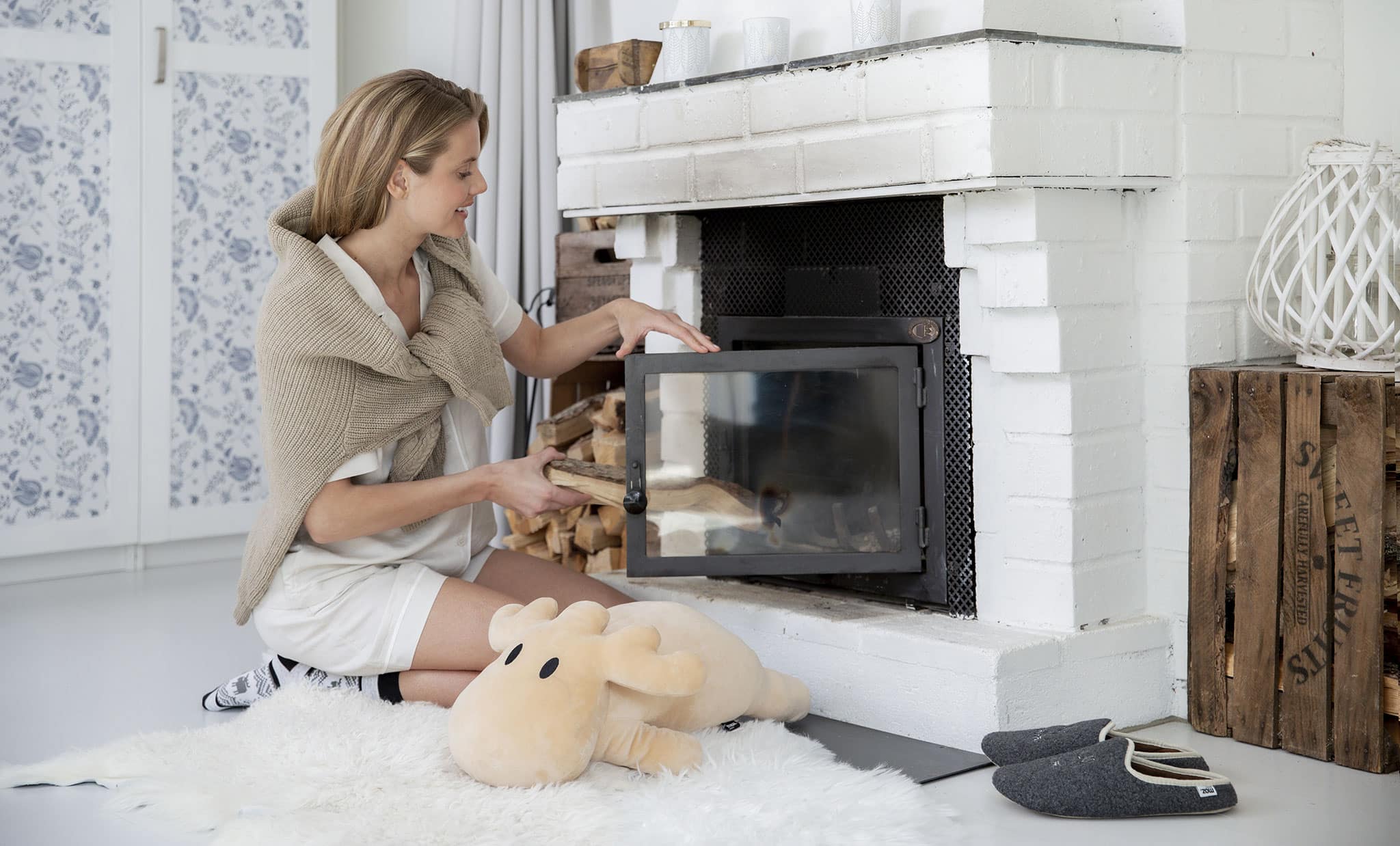
Cozy candles
A beautifully scented candle can create a cozy, inviting atmosphere. Choose a scent that feels special or ties into the recipient’s preferences, and you’ve got a gift that will add charm to their space.
Uniq earrings
Elegance never goes out of style. These timeless earrings add a sophisticated touch to any outfit, making them a perfect gift for anyone who loves accessories with class. Check out the Classic Earrings here.

Gourmet Chocolates
Who doesn’t love a little indulgence? A box of gourmet chocolates offers a luxurious treat that anyone can enjoy while unwinding or sharing with friends.
These five gifts are unique, thoughtful, and perfect for making a lasting impression at any party. Choose one that fits the occasion, and you’re sure to be the hit of the event next weekend!
